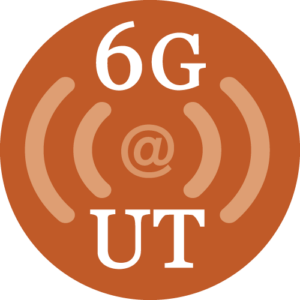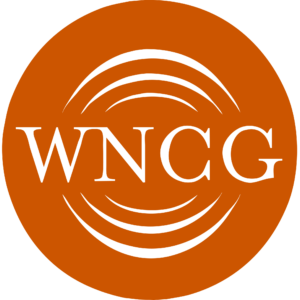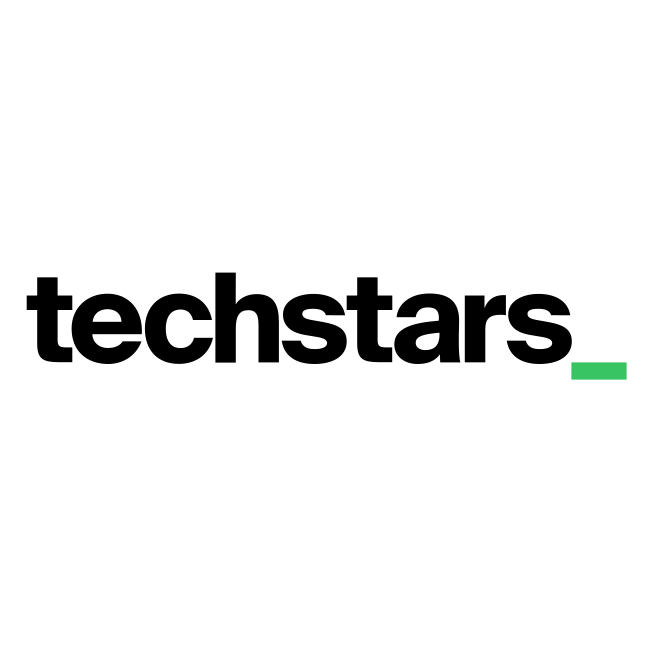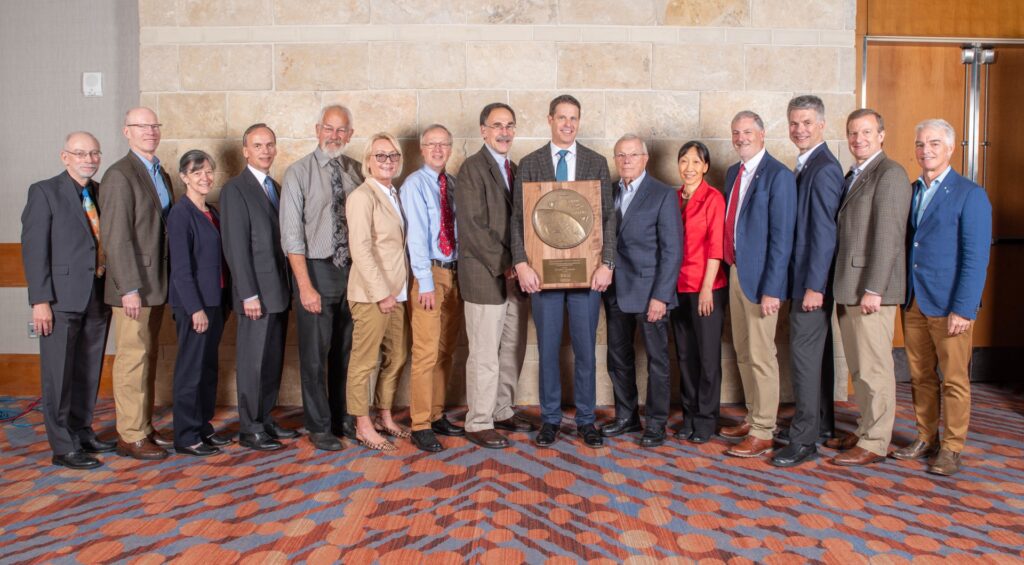December 2023: Reports of GPS spoofing in commercial aircraft centered near the Middle East have been increasing since September of 2023. According to the RNL’s Zach Clements, “the
research community has long warned the public about something like this.” In fact, the RNL’s Dr. Todd Humphreys displayed the possibility by spoofing a luxury yacht in the Mediterranean a few hundred meters away from its actual position. Clements says “the necessary devices are pretty easy to get […] for less than 500 dollars.” He speculates that these attacks are for deterring drones rather than commercial aircraft. For more details of the story, visit the article here.











